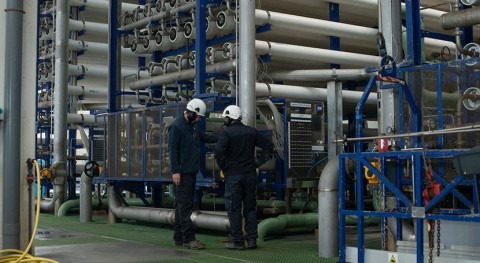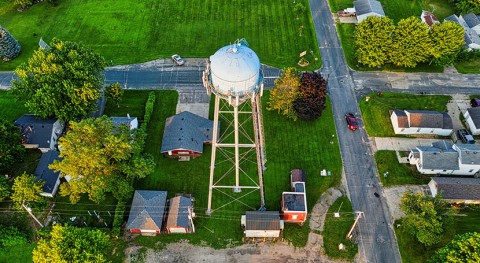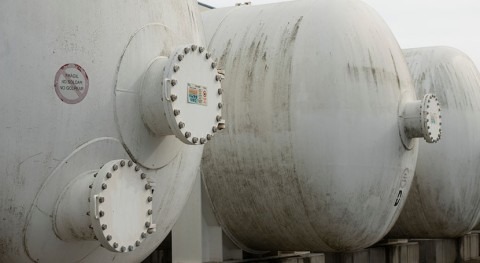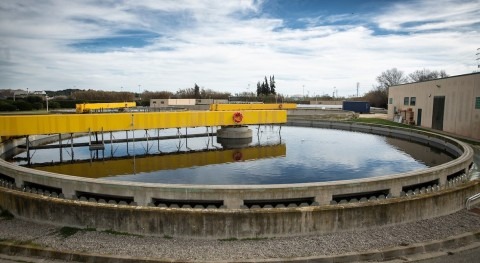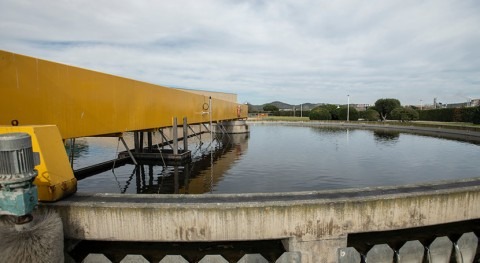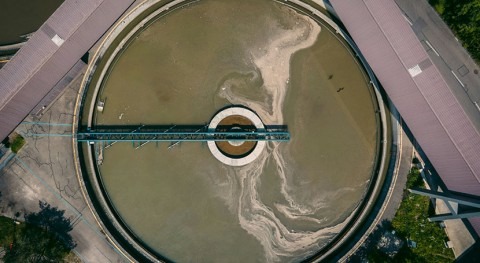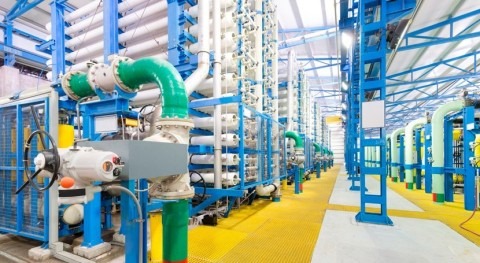On July 14th, Innovyze and Smart Water Magazine organised a webinar with the title “How the City of Scottsdale leveraged sensor data to streamline the analysis of the water distribution system thanks to Innovyze's new cloud platform”. Cristina Novo, technical editor of Smart Water Magazine and moderator of the event, introduced the webinar and Innovyze, a global leader in water infrastructure software based in Portland, Oregon, which has been building innovative software for the water industry for 35 years. It was acquired by Autodesk earlier this year, a move that creates a clearer path to a more sustainable and digitized water industry.
Don’t miss the webinar on Innovyze’s new cloud platform, about to start! Brought to you by @Innovyze and @smartwatermag #KeepInnovyzing
You can still sign up for it at: https://t.co/aDYrk4GO63 pic.twitter.com/2TkwMAixd6
— Smart Water Magazine #KeepInnovyzing (@smartwatermag) July 14, 2021
In the event, utilities and consultants heard how Innovyze’s new cloud platform, Info360, can help bridge the gap between data and operations, and long-term planning and engineering. The webinar was directed towards water utilities personnel working in any division: from operations, to engineering and planning, to management.

The first speaker was John Crochet, Regional Sales Manager for the Mountain West Region. He started his talk with a brief overview of Innovyze’s product lines: water distribution and management; stormwater, sewer and flood modeling; asset management, operational analytics, and drainage design and analysis. He then presented the Info360 online platform, which focuses on the use of live data to run analyses. Data are collected from a lot of sources for asset management and operational analytics solutions, something which inspired the creation of an enterprise platform open to anybody from a utility to use: an operator, an engineer, a manager, someone in the field, a consultant. The idea behind the Info360 cloud platform is “a platform to house the live data and process it efficiently, do analytics on it, and in turn bring in those data points and analytics into desktop modeling solutions”. The benefit from an engineering standpoint is “you can process the raw data, bring it into a model and utilize it for planning and engineering”, so that all the data collected and analytics get used by the entire organization.

John then turned to the focus of the webinar: Info360 Insight, one of the applications for the Info360 platform, an operational analytics application that connects to the distribution system SCADA system, any meter data and other live data collected. He wrapped up his presentation with some key features of Info360 Insight. The data is stored in a clean, time-series format, to perform different analytics and build different dashboards, enabling tracking system performance over time. One of the main benefits is processed data can be brought into hydraulic models.
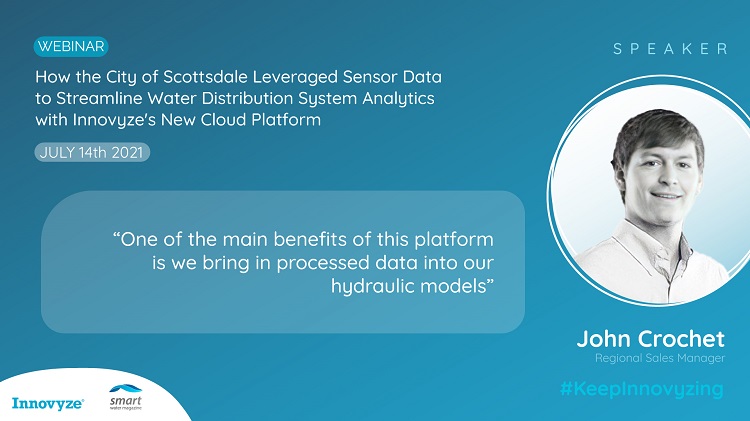
The second speaker was Nathan Gerdts, product manager of water distribution solutions at Innovyze, who talked about the implementation of Info360 in the City of Scottsdale and some of the features they are using. A suburb within the Phoenix metro area, it has some characteristics worth noting: an elevation range of about 2,600 feet, with a lot of hills, which results in a large number of pressure zones, 149 throughout the system, which means they need a large number of control valves and pumps. The objectives of the project include reviewing pressure variations in the system, doing mass balances in each of four separate areas their system is divided into, doing analytics and reporting on pump efficiency, and finally, as a big driver for the project, model integration. The SCADA data is collected to the model to streamline model updates and use the model for operational understanding.

He went through the project phases: project start, system definition, deployment of data elements, and the current building phase, which involves building custom workspaces and data analytics, an interactive phase where the user is providing input. He explained how security is addressed, with the deployment of a data ingestor on premise that pulls the SCADA data in real time and uploads it into Info360.
Nathan then showed how the software works. He gave an overview of dashboards that highlight different aspects of the data, and how users can customize different workspaces with Info360. He demonstrated how users can handle alerts in the system, including a simulation of impact assessments for incidents.

He then described some of the analytics used in the Scottsdale project and the requirements for them: mass balance for water usage, pattern detection, pump efficiency, break impact assessment, and hydraulic model integration. He noted “we can do pattern detection on any sensor that you have, but it is of particular value for water usage”, using mass balances if available. He highlighted as another key value being able to look at pump efficiency. He finished describing the integration of the InfoWater Pro hydraulic model with Info360, a key aspect of the Scottsdale project, and the benefits of such integration to keep the model up to date: responding quickly to system performance changes, supporting decisions with evidence, doing water quality assessments, understanding system behavior between gaps in sensors, and reducing costs of Master Plan Projects.

The final part of the webinar was a question-and-answer period led by the moderator, where the speakers answered questions sent by the audience. Answering to a question on what a utility needs to have in order to be able to use the service, they pointed out that Info360 uses some type of time-series data, most commonly water network SCADA data, but other functionalities are upcoming, such as to support sewer sensor data. When asked about ideas to justify the investments on such a project, they noted that it can help to report non revenue data, locate breaks, target pump improvements, etc. The transparency of having a dashboard where you can track performance and KPIs over time helps visualise the benefits of the project and justify investments. Other questions dealt with different technical aspects as well as the security of the data.
The speakers wrapped up the questions period with their view of water management 20 years from now. Nathan predicted “a wave of digital transformation among IT groups, where things are becoming more cloud integrated and streamlined”. As hydraulic modelling becomes more cloud integrated, the insights from simulation will help the entire organisation. A bright future, supported by a digital twin rather than a desktop copy of a model, in an integrated environment, so it can be kept up to date. Compared with other industries, John noted the water industry is behind in innovation, right now at the beginning of a long journey of digital transformation, where “everything will become more integrated, more live, a lot more automated, and hopefully a lot more efficient, with the highest level of service possible”, noting that leveraging technology can increase those initiatives.



